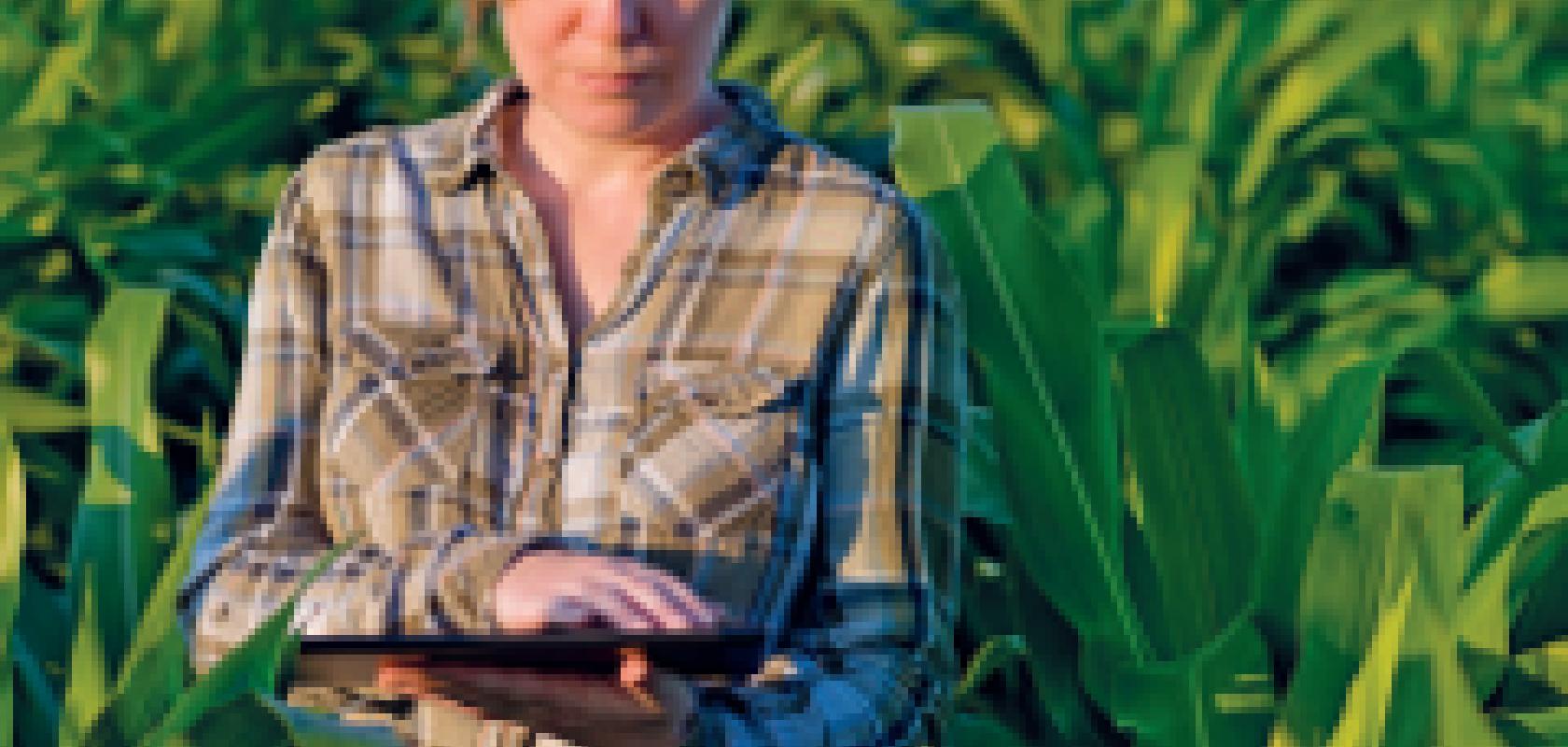Taking spectroscopy out of the laboratory is possible with modern portable systems, but the technology is now moving to include newer techniques like laser-induced breakdown spectroscopy (LIBS). At Photonics West in February, Stellarnet unveiled three new portable devices: a Raman, a near infrared, and a LIBS system.
Jason Pierce, business director at Stellarnet, believes that by making LIBS systems more portable, it has given the technique a new lease of life and could bring it out of the shadow of Raman spectroscopy. He explained: ‘LIBS systems use a really small, really strong laser that turns a point on the surface of a sample into plasma. Inside the sample chamber there is a photodiode that can see the laser flash, and collects the emission spectrum. This produces line spectra that relate to the elements present in the sample.’ This is commonly used for environmental studies to check for heavy metals in soil, for example, or in geological surveys to analyse a rock sample’s chemical composition.
‘It is a relatively new technique,’ Pierce added. ‘This new portability is opening up new applications for the technology and making it better suited to out-of-the-lab investigation.’
Making spectrometers small enough and rugged enough to be taken out of the laboratory is opening up many new applications for the analysis technique, according to Pierce. ‘These portable spectrometers, when compared to bench-top systems of antiquity, allow you to do a lot of different and exciting things,’ he said. He gave examples of Stellarnet customers taking its devices out in a canoe to measure the spectral irradiance of the sun on the water, for instance, or using the systems in the jungle to measure the reflectance of toad or frog skin.
The new StellarCase-LIBS, -Raman, and -NIR products contain the required equipment for their respective analysis techniques in a box. Pierce said: ‘Everything is included in the cases, securely mounted. There isn’t anything you have to do except insert your sample and hit the “analyse button”. You save it onto an included tablet that holds different software for different applications. It’s the intuitive next step to increase the functionality and portability of these portable systems. There is no need to assemble the equipment in the field or pull out a large bulky laptop or hook up to an external battery pack.’ Stellarnet’s case systems have a battery life of eight hours, which is important for remote analysis.
According to Pierce, making the technology simple to use is one of the ways to bring spectroscopy to a larger audience. ‘A guy on an apple farm isn’t necessarily going to want to purchase a modular system with a whole host of different equipment that they would have to assemble; they may not be an expert in the measurement systems,’ he said. Stellarnet’s ‘open-and-measure’ systems have examples of similar applications to provide examples and make spectroscopy easier to use.
Pierce commented that certain companies might not invest in a conventional bench top research NIR spectrometer or a system that was too specialised, but might if it was designed for use in the field, came with different calibrations, and was ready to use.
Raman spectroscopy is used in areas from pharmaceuticals to forensics to identify an unknown substance. An advance on Raman is surface enhanced Raman spectroscopy (SERS), which enhances the signal to detect trace substances and impurities within a sample. A SERS substrate intensifies Raman emission through plasmonic resonance which boosts the signal produced, enabling detection levels as low as parts per trillion for certain samples.
Pierce said that most of the time, it is a case of designing a robust, all-inclusive spectrometer system that suits a wide range of applications, which is what the company has done with its portable LIBS device. ‘I don’t think the specific conditions differ from unit to unit that much. Before this year we had a porta-LIBS system that would have to be assembled on site,’ he said. ‘But people don’t tend to want to assemble expensive equipment in a river delta, right there in the dirt, for example.’
He concluded: ‘The environment can be different, but what we are doing is making it easy to go from spot to spot, and give them [the user] the confidence when they get there that the system is easy to assemble. We’re taking the [spectrometer] cases to more places. It’s making it more functional.’
A group of researchers from Chalmers University, Sweden, are using two miniaturised differential optical absorption spectroscopy (mini-DOAS) systems to monitor volcanic activity at a site in Holuhraun, Iceland. The Holuhraun lava field, fed by the Bárdarbunga volcano, produces sulphur dioxide (SO2) in dangerous concentrations, polluting the surrounding air. Monitoring SO2 emissions is also one method of forecasting volcanic activity and portable spectrometers have become the instrument of choice doing this.
The poisonous gas can impact the health of both people and crops and impact weather patterns. Activity and lava eruptions in September 2014 raised fears of a repeat of the Eyjafjallajökull eruption which produced ash clouds that halted air traffic across much of Europe.
The DOAS systems, based on Ocean Optics Maya2000 Pro spectrometers, use the sun as a light source and a slice of the atmosphere as a sample. As sunlight passes through the atmosphere any SO2 present will absorb particular UV wavelengths and the remaining light is collected by a narrow field of view telescope. Estimates of plume geometry together with filtering and spectral fitting are used to complete the analysis and determine the concentration of SO2 in the plume.
The Maya2000 Pro is particularly well suited to low light-level, UV-sensitive applications, such as this application, due to its greater than 90 per cent quantum efficiency, high dynamic range and strong response to UV.


